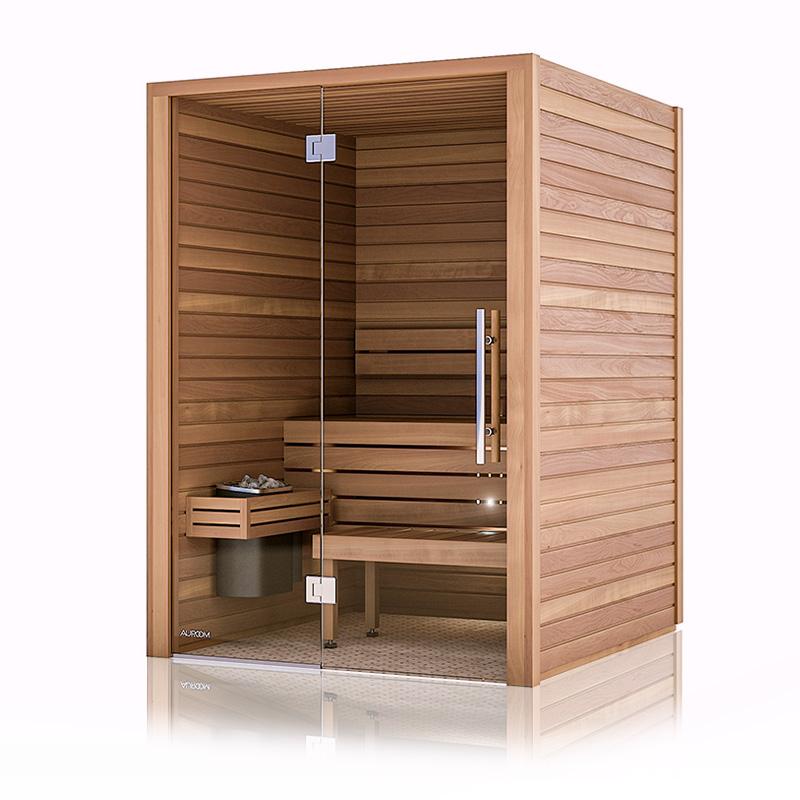What Does Traditional Sauna Mean?
What Does Traditional Sauna Mean?
Blog Article
The Main Principles Of Traditional Sauna
Table of ContentsThe 25-Second Trick For Traditional SaunaThe smart Trick of Traditional Sauna That Nobody is Talking AboutSome Known Facts About Traditional Sauna.Some Known Details About Traditional Sauna The Greatest Guide To Traditional Sauna
The majority of the weight shed in a sauna is water loss and is re-gained upon rehydrating. Without a doubt sauna can be an essential part of a healthy weight loss program. To take a look at the differences between standard and IR saunas, I will certainly separate these into verifiable, theoretical, and produced differences.Thus, the most popular point in the saunawhich is at the ceiling directly over the sauna heateris typically in between 185 and 190 F. Claims that a traditional sauna goes beyond 200 F is merely not real and not relevant for electrical saunas marketed in the United States. The temperature for a far-infrared sauna is typically set between 120 and 140 F; however, unlike the traditional sauna, the objective in and IR area is not to accomplish a high temperature level.

When a typical sauna has been properly warmed, the sauna walls are cozy, the air temperature has actually achieved established temperature and the rocks are extremely heated. As an intriguing side note, the heated wall surfaces and the rocks are emitting far-infrared warm, combined with the warmed air, to create an "covering warmth".
The Greatest Guide To Traditional Sauna
When the heat is attained, the elements cycle on and off to maintain the high temperature level. Most standard sauna customers delight in putting water over the rocks to develop steam to raise sauna moisture degrees. The benefits of pouring water over the rocks include: making the space extra comfortable, moistening the nasal flows, and allowing the use of aromatherapy by mixing necessary oils with the water.

When the energy gets in the body, it creates the body temperature level to raise and inevitably causes sweat. browse around this site In an infrared sauna it is necessary for the emitters/heaters to remain on almost constantly. Since there is no mass of rocks to retain heat, the sauna will certainly cool down if the emitters shut down.
The Main Principles Of Traditional Sauna
As stated above, the sauna bather in an infrared area desires to position himself before operating emitters to obtain maximum benefit from the warmth. The heating time for both spaces can be very various, depending upon just how the spaces are used. For a traditional sauna, a bather needs to allow 30-40 mins for the room to attain a desired temperature level and to correctly pre-heat the rocks.

A well constructed sauna will normally achieve a Go Here temperature level of 150-160 F in about 30-40 minutes (Traditional Sauna). For hotter temperature levels, the area may require to warmth for a longer period. When the area achieves set temperature, the heating system will cycle on and off, usually running about 50% of the time. The protected walls and the heated rocks will maintain the area warm and at stable temperatures.
To some, 15 minutes was "lost" while the infrared power warmed the timber panels as opposed to heating a body, while others find a pre-heated room to be much more comfortable and believe an elevated starting temperature is needed to start sweating. The length of suggested usage for every space is around the very same (10-15 mins per session); nevertheless, as a result of the reduced air temperature levels and the capability to feel the impacts of infrared warm quicker than a standard sauna, web link it is not unusual for a person to spend a total of 20-30 minutes in an infrared sauna.
Some Of Traditional Sauna

The typical price per kWH of electrical power in the united state is approximately $0.11, so a 4.5 kW heating unit will certainly set you back roughly $.50 to compete one hour, if the heating system runs continuously for one hour. Usually a sauna heater will run for 75% of the first hour and 50% of subsequent hours on because the components cycle once the established temperature is accomplished.
A 2 individual far-infrared room is normally literally smaller sized than a traditional sauna, commonly concerning 4' x 4' or smaller. The IR heater is commonly 1.5-1.7 kW using a 120 volt 15 amp plug-in service. Considering that the area can be made use of sooner than a sauna room, we will assume the space is utilized for to of an hour consisting of warm up time.
There is a rarely talked about difference in the social experience between the two rooms. While our culture has lost some of the social advantage of the typical sauna experience, it can be very socially rewarding (Traditional Sauna). From family time in the sauna, to heart-felt conversations with significant others, to sauna partiesthe traditional sauna experience can lead to intimate socializing
The Greatest Guide To Traditional Sauna
The majority of greater end infrared spaces consist of tinted light therapy, stereo and full-glass fronts. The dimension of many areas enable for 2 individuals to pleasantly utilize the room, while some layouts may permit a 3rd or 4th individual to use the area. Personalized infrared spaces are also readily available, with room dimensions available approximately 7' x 8' x 7' high.
Report this page